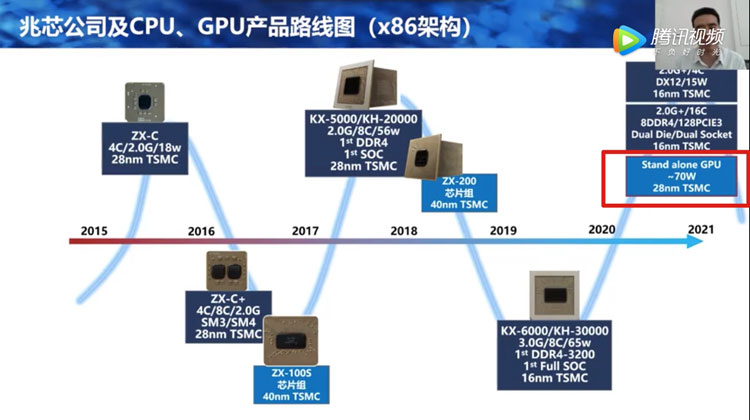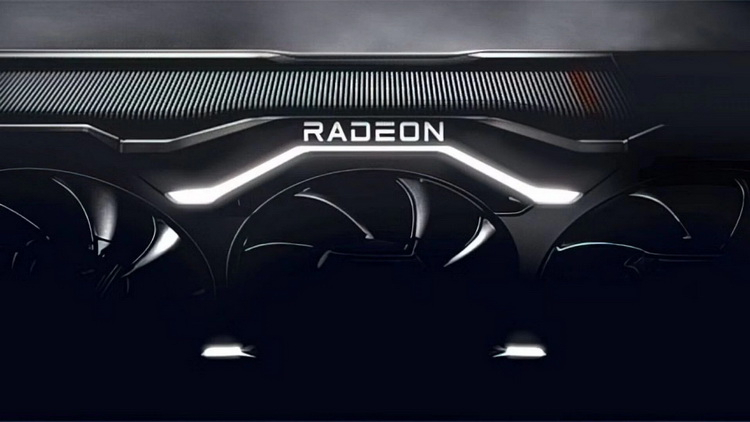
Graphics processors have long accelerated not only graphics, but are also actively used for computing of all kinds, including machine learning tasks. But the AMD and NVIDIA duumvirate has come to an end. In addition to Intel with its Xe architecture, China's Zhaoxin Semiconductor has entered the accelerator market. This company is relatively young, it was founded in 2013 as a joint venture with once popular manufacturer VIA Technologies. Zhaoxin was initiated by the Shanghai government. In addition to its expertise in x86 architecture, the company has also taken over developments from the former S3 Graphics. In 2020, the company announced its intention to produce discrete graphics accelerators.
Initially, it was a rather budget-friendly solution. This was evidenced by the intention to use already far from new 28-nm TSMC process technology and at the same time to keep the heat pack in the region of 70 watts. Because of US sanctions Zhaoxin refused to use 16nm process. But now it seems that most of the problems have been overcome: the company has announced the first Chinese accelerator based on its own architecture and 7nm process!
Zhaoxin Semiconductor does not have its own semiconductor factories at its disposal. It does not name a specific contract manufacturer for its new product named Big Island, but most of the 7nm chips are now produced by TSMC. The Taiwanese giant is mentioned on the Zhaoxin website, as well as well-known semiconductor designers Synopsys and Mentor Graphics. In addition, the company confirms Big Island's use of the 2.5DCoWoS (2.5D chip-on-wafer-on-substrate) layout first used by TSMC, so there is little doubt as to who produces the novelty.
The chip is quite complex, consisting of 24 billion transistors, significantly less than the NVIDIA A100 chip with 54 billion transistors. Still, it supports most of the popular GPU computing formats, including FP16, FP32, INT32 and bfloat16. In FP16 mode, peak performance reaches 147 Tflops, which is higher than the A100's 78 Tflops. However, the leader here is AMD Instinct MI100 with 184 Tflops performance. Development of the new architecture, according to foreign sources, started in 2018 and the first silicon samples saw the light of day back in May 2020, meaning Zhaoxin has had plenty of time to get the Big Island up to speed. Mass production of the new chip is expected to roll out this year, but the exact timeline is not yet known.


0 Comments